The term "expanded core curriculum" originated with Dr. Phil Hatlen, one of today's leaders in the field of blindness and education. The term combines what both research and experience has taught us, namely, that children with vision loss need both a sound academic curriculum and attention to the skills they will need to live effectively with a visual impairment. These "skills of blindness" are organized and taught through the "expanded core curriculum."
The unique needs of children who are blind or visually impaired are recognized in the IDEA, various OSEPS Policy Guidance documents, The National Agenda, and the NASDSE Educational Service Guidelines. The components of the expanded core curriculum should be considered by the IEP team and included in the child's educational plan. The "expanded core curriculum" is an essential part of the Free Appropriate Public Education (FAPE) to which children with vision loss are entitled under law.
It is important to understand that the skills in the expanded core curriculum should be taught as they are developmentally appropriate. Students build new skills on those previously learned. These are not "one shot" experiences; they need to be a part of the ongoing educational process grade by grade.
Orientation and Mobility
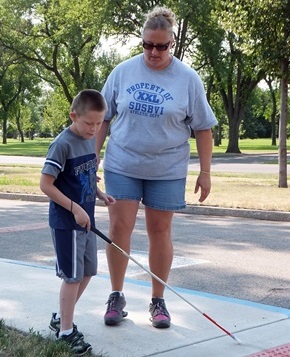
cane use, community travel, mobility aids, public transportation
Instruction in orientation and mobility teaches students to move safely and efficiently in their schools and communities. It spans learning from basic body image to independent travel in busy cities. It incorporates orientation to the environment and mapping skills as well as route planning and use of public transportation. It is taught only by certified Orientation and Mobility instructors.
Compensatory Academic, including communication
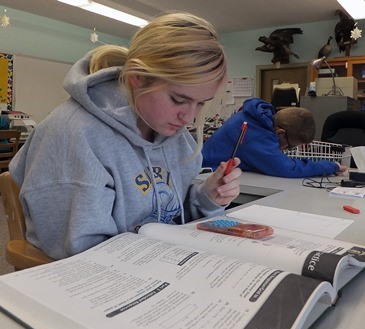
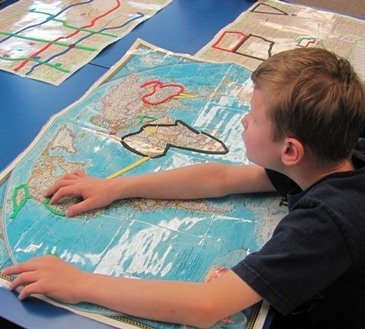
communication skills needed to access the academic curriculum, including concept development, spatial awareness, listening skills, communication mode, and modes for reading and writing (Braille, large print, tactile symbols, recorded materials)
These are the skills that blind children need to access the academic curriculum. Included here are concept development, spatial awareness, organizational skills, and listening skills. It also includes the communication mode or modes that will be used for reading and writing (Braille, large print, tactile symbols, recorded materials, etc.)
Social Interaction
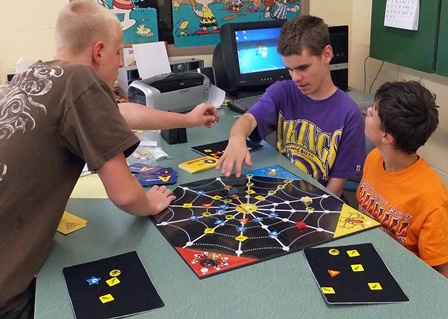
getting along with others
Because children with visual impairments cannot learn by casual observation (incidental learning), they need to learn the skills of social interaction through careful, conscious, sequential teaching. Mastery of appropriate social interaction skills can mean the difference between social isolation and a satisfying adult life.
Independent Living
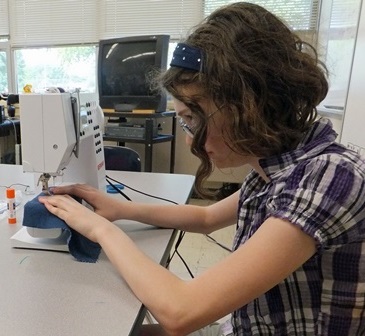
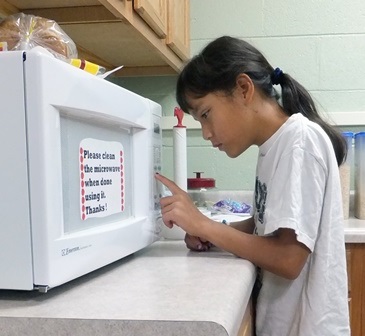
personal hygiene, food preparation, clothing care, shopping, accessing community services, self-advocacy, money management, time management, organizational skills
These skills are the ones needed to live as independently as possible. It includes personal hygiene, food preparation, care and selection of clothing, care of one's environment, shopping, accessing community services, self-advocacy, money management, time management, and organizational skills. As with social skills, these skills require sequential instruction and attention to the daily opportunities for learning.
Recreation and Leisure
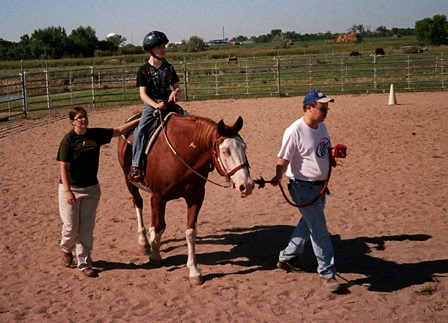
fitness sports, games, boating, bowling, movies, board games, swimming
Physical fitness is as essential for children with vision loss as for their sighted peers. Physical activity is basic to both health and overall stamina. Children with vision loss frequently are reluctant to take part in activities that require moving through space or in active competition. Often opportunities for physical development are denied. It is important that students have opportunities to develop recreational and leisure activities that they can use for a lifetime.
Career Education and Transition

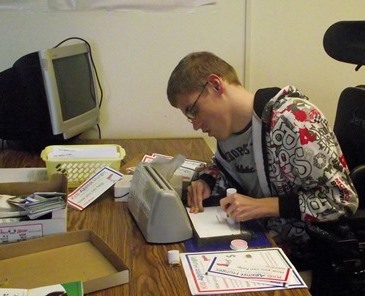
career exploration, job seeking skills, job shadowing, work experiences
Unemployment and under employment are chronic problems for individuals with vision loss. The best antidote is career education that begins early and addresses the specific needs of the child with a vision loss. Not only will this involve the exploration of a wide variety of jobs, but opportunities for job shadowing and work experiences while still in school. It is essential that students learn firsthand about a variety of occupations and those that best match with their skills and interests. They need to become good self-advocates, able to explain to a potential employer how they can do the job.
Assistive Technology
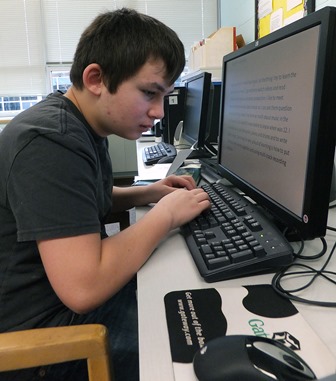
electronic magnification, screen magnification, screen reading, scanning and reading, refreshable Braille
Technology is not actually a separate curricular area, but rather a tool, which can serve as a great equalizer, allowing the student with a visual impairment access to printed materials. For a Braille user it will mean producing materials for his personal use and to share with others. For other students it may involve a screen reader, note-taker, enlarged text or other devices. Assistive technology enhances communication and provides access to expanded sources of information. Selecting the appropriate assistive technology (right tool at the right time), teaching the student how to use it, and having technical support are critical to success.
Sensory Efficiency
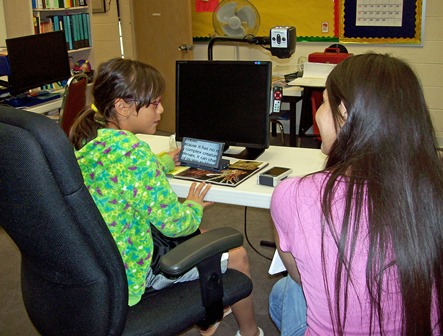
using all senses: visual, auditory, tactual
Although vision loss varies greatly, some children can learn to use their remaining vision more efficiently. They may use specific optical devices in the classroom and community, which requires specific training. Developing the other senses to provide essential environmental cues is also critical to understanding and interacting with the world. Travel skills, social awareness, and academic skills are examples of areas influenced by learning to interpret and use sensory information effectively.
Self-Determination
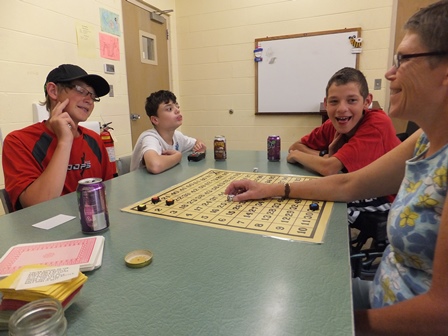
self-advocacy, problem-solving
Sometimes called self-advocacy, this skill area requires students to develop problem-solving skills and interact effectively with others to get things done. Being able to analyze a situation and determine the best course of action takes practice, but without it, students cannot develop into successful students and effective members of society. It is self-determination that takes a student from dependence to independence.
The Expanded Core Curriculum is explained in more detail in Appendix G of the Blind and Visually Impaired Students: Educational Service Guidelines, written by Dr. Phil Hatlen.